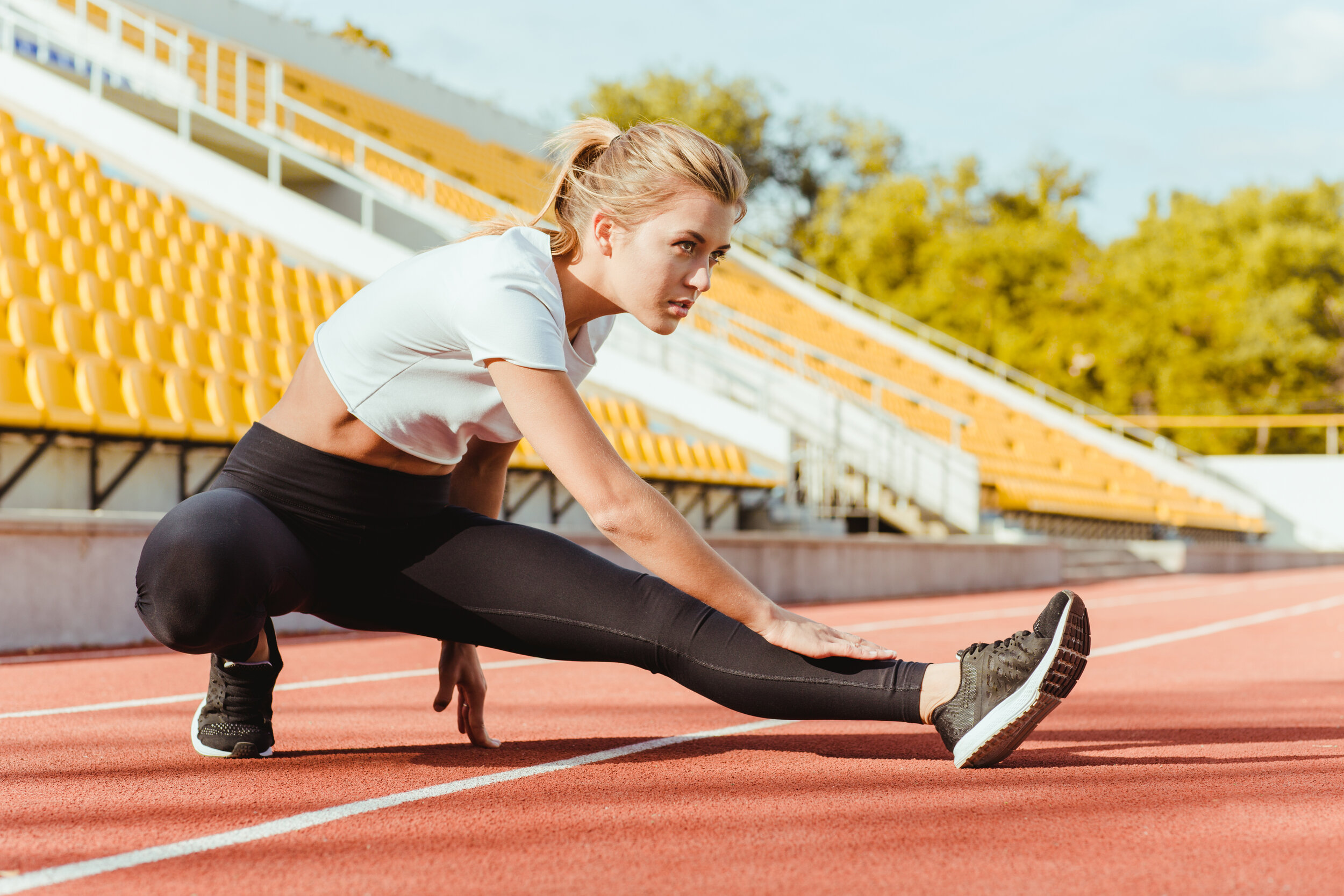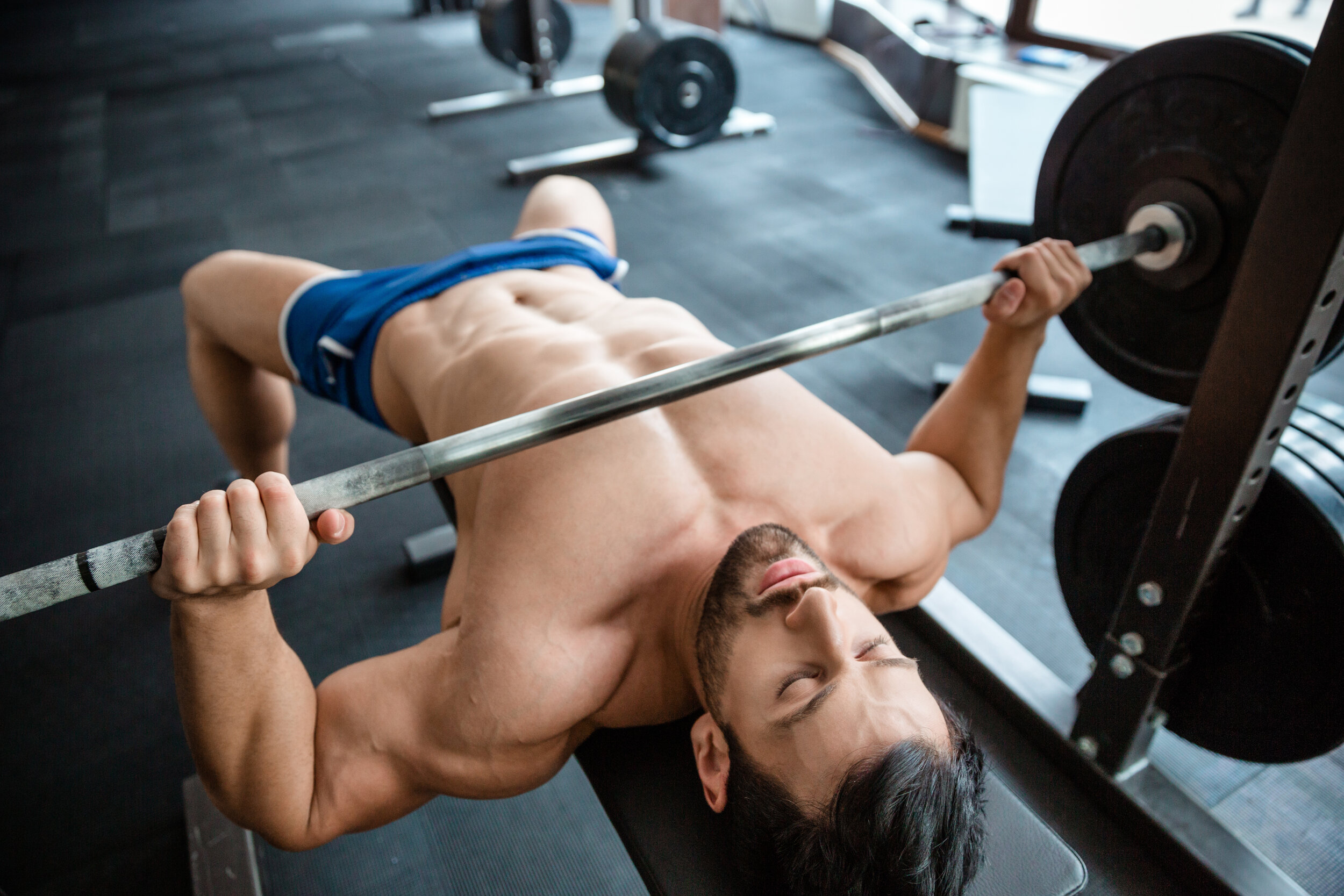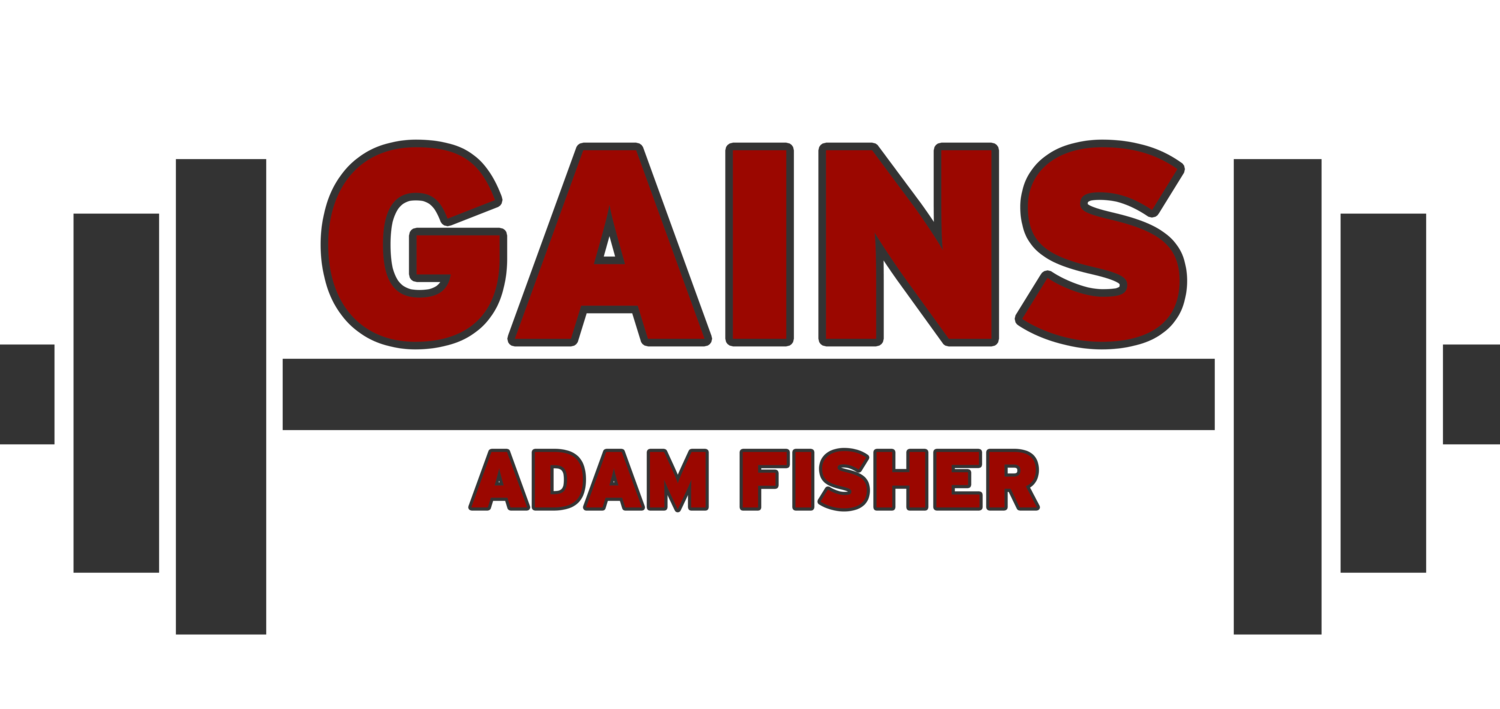

Training For The Hypermobile
Hypermobility is a condition where joints are unusually loose or unstable and often presents itself in people as excessively flexible bodies with poor proprioception (the sense of knowing what space your body is taking up and what it’s doing). The risk of injury that comes with hypermobility means that clients should focus on stability rather than flexibility, avoid extreme ranges of motion, be careful with controlling movement and form, and be aware that their strength will grow slowly. Personal trainers should familiarize themselves with common conditions like hypermobility in order to best support the wide range of individualization their clientele will need.
How To Avoid Loss of Progress During Time Off
It’s harder to lose muscle mass than we think it is, people can go up to a month off without noticable muscle mass loss. Strength is harder to maintain in off periods, but once training resumes, strength quickly returns. The most important thing you can do, whether your break is due to traveling, injury, or something else, is to continue doing whatever physical movement you can until you training starts again.

When Do We Physically Peak? (Peaking Part 2)
Olympic weightlifting is the main professional lifting competition, but Olympic athletes cannot be used to assess averages for lifters. The people who make it to the Olympics have genetic and social advantages that make them the best in the world.
The margin of winning at these high levels is so small that even the most dedicated and talented athletes may never make it to the Olympic Games and could quit trying to compete well before their physical peak.
Research in masters lifting has shown that most lifters were physically peaking between ages 30-35, and although their abilities do start decreasing, it’s at a much smaller and slower rate than people tend to expect.
Career peaking is a social construct and should not be used as the only way to measure expected performance and growth.

When Do We Physically Peak? (Physical Peaking Part 1)
Peaking in your career and peaking physically are usually going to be different, especially for weightlifters. While many professional athletes retire from competing in their 20s, it is not always because they have physically peaked. Social factors have a huge impact on both career peaks and physical peaks. High level athletes need time, money, and other resources in order to train at the level required to be competitive. A career usually comes to an end or doesn’t meet its full potential because of one or more of these resources is scarce or withheld from an individual.

Paused Reps In Your Training
Pauses in reps can be very useful for building muscle mass and practicing strict form, especially when doing higher reps or exercises where you tend to zone out or speed through. Pauses at the bottom of each rep helps keep you aware of your form as well as letting your muscles re-engage for the second part of the lift. Pause reps can be a great way to add more difficulty to your workouts, but it’s best to assess each lift to see if it will be beneficial.
